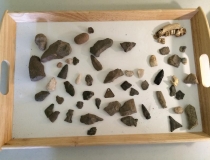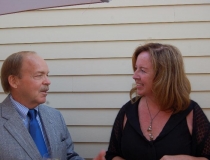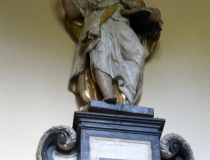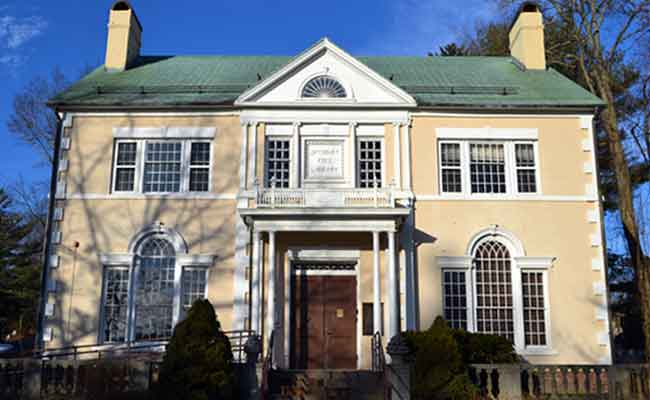William Phelps Eno
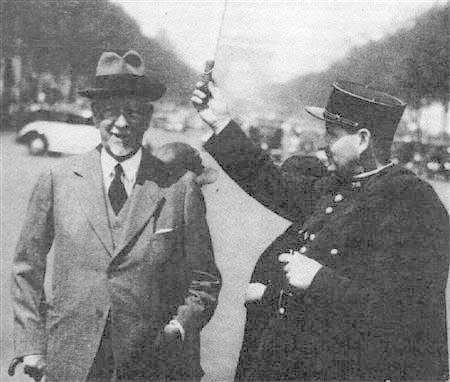
William Phelps Eno
William Phelps Eno was the youngest child of SFL benefactor Amos R. Eno and his wife, Lucy Jane Phelps Eno. In 1867, at nine years old, he was struck by the total confusion he witnessed in New York City caused by snarled traffic. He later wrote, “That very first traffic jam (many years before the motor car came into use) will always remain in my memory. There were only about a dozen horses and carriages involved, and all that was needed was a little order to keep the traffic moving. Yet nobody knew exactly what to do; neither the drivers nor the police knew anything about the control of traffic.”
Everyone who ships or receives goods or who travels by foot or any type of conveyance – on land, water or in the air – owes thanks to Mr. Eno. He was the original architect of traffic regulations and transportation engineering that shaped the rules that now govern the movement of people and goods in small towns and large cities throughout the world. He pioneered a plan for a New York subway, became involved in maritime activities, was a strong supporter of railroad development, and in the early 1920s launched research on the future of aviation.
Mr. Eno developed and led the fight for most of the traffic-flow innovations we now take for granted, including:
- Right hand driving
- Systems of shared intersections
- One-way traffic circles
- One-way streets
- Traffic lights
- Traffic signs
- Pavement marking
- Regulations against jaywalking
- Taxi stands
- Off-street parking
- Driver’s licenses
- Vehicle registration
- Traffic tickets
Mr. Eno’s influence around the world was profound. For example, he preferred rotaries to stop signals as the best way to keep traffic flowing. This concept of his strongly influenced the building of Piccadilly Circus in London and the rotary around the Arc de Triomphe in Paris.
He was awarded the cross of the Legion of Honor by the French government after World War I because his traffic system allowed the French to speed 60,000 troops to Verdun to halt the German advance toward Paris and turn the tide of the war. Later Mussolini dictated that Italy would adopt Eno’s traffic control system. Germany modeled its autobahn on his idea of a national network of superhighways and this, in turn, influenced the building of the U.S interstate highway system.
Our collection of archival material can be accessed from the William Phelps Eno finding aid.
For additional information visit the Eno Transportation Foundation website.


